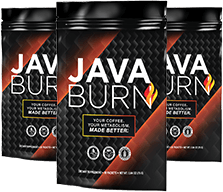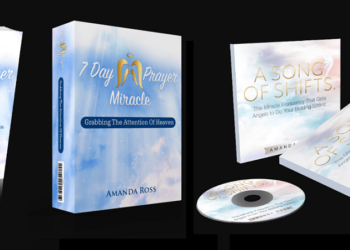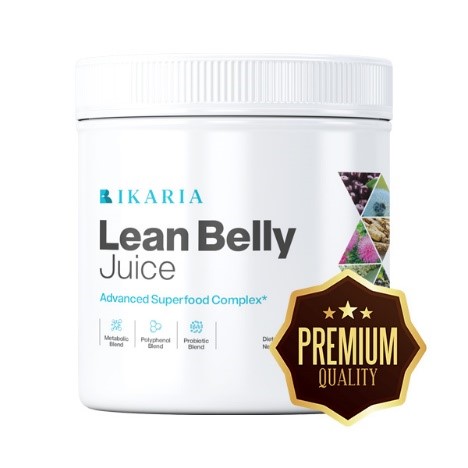When it involves holding infants comfy at night time, the frequent knowledge is that a baby’s room must be stored between 68°F and 72°F. Experts additionally advocate leaning towards the cooler facet as a result of infants preserve extra of their body warmth in the first months of life, and overheating may be harmful.
However, each baby is totally different, and your native local weather, the heating and cooling system in your house, and your baby’s sleeping garments can all have an effect on their wants. Over time, you’ll get a higher thought of what your baby likes. But in the meantime, it’s essential to have the ability to inform whether or not your baby’s room is just too chilly or scorching for them. Keep studying to be taught key indicators, tips for holding them comfy and extra.
Signs your baby is just too scorching whereas sleeping
If your baby’s sleeping setting is just too scorching for them, there’ll usually be a variety of indicators. In addition to being fussy or having hassle settling, they might start respiratory quicker than regular and never reply as strongly to stimulation like being touched or lights turning on.
It’s additionally essential to verify for bodily signs of overheating in case there aren’t apparent modifications in your baby’s conduct. Physical signs can embrace:
- Flushed cheeks
- Heat rash
- Skin that’s scorching to the contact (verify by feeling their neck, again or abdomen)
- Sweating
If your baby is exhibiting indicators of overheating, take away any extra layers of clothes they’ve on and transfer them to a cooler setting. If their signs don’t start bettering inside half-hour, search emergency medical attention.
How to inform in case your baby is just too chilly at night time
Checking for indicators that your baby is just too chilly is just like checking in the event that they’re too scorching – you’re simply trying for totally different signs. A cold baby could also be fussy or unsettled, they usually might shiver.
The major bodily signal that your baby is just too chilly is that if their neck, abdomen or again is cool as an alternative of heat. It’s essential to verify these areas slightly than the baby’s palms or ft as a result of their limbs naturally keep cooler than the remainder of their body.
In extra severe instances, there could also be extra signs. Seek emergency medical attention in case your baby has the above signs alongside:
- Breathing points
- Dull or pale pores and skin
- Feeding points
- Limpness
- Vomiting
How to assist your baby sleep comfortably
Until your baby is sufficiently old to sleep with a blanket and may higher regulate their very own body temperature (typically after 12 months of age), dressing them for the temperature of their sleeping setting is vital. As a common rule, infants want yet one more layer of pajamas than adults do at the identical temperature. Air conditioning and followers also can assist regulate the temperature of the room and supply soothing white noise, however be sure they don’t blow instantly in your baby.
When it involves pajamas, mild layers are simple to regulate in case your baby will get too heat, and sleep sacks or wearable blankets with fitted necks that enable for full motion of their legs and arms are a protected approach to assist your baby keep heat in colder months.
Do not use weighted sleep sacks as they will forestall your baby from shifting safely and freely. Also keep away from dressing your baby in something that would cowl their face or head and comply with all pointers for protected toddler sleep.
For extra recommendation on baby sleep temperatures, discuss with their physician
If you may have questions or considerations about how your baby sleeps, their pediatrician, household physician or clinician is a nice useful resource. Kids’ health consultants have expertise with all types of infants, they usually can provide you tailor-made suggestions for your baby’s room, pajamas, bedding and extra.



















Discussion about this post